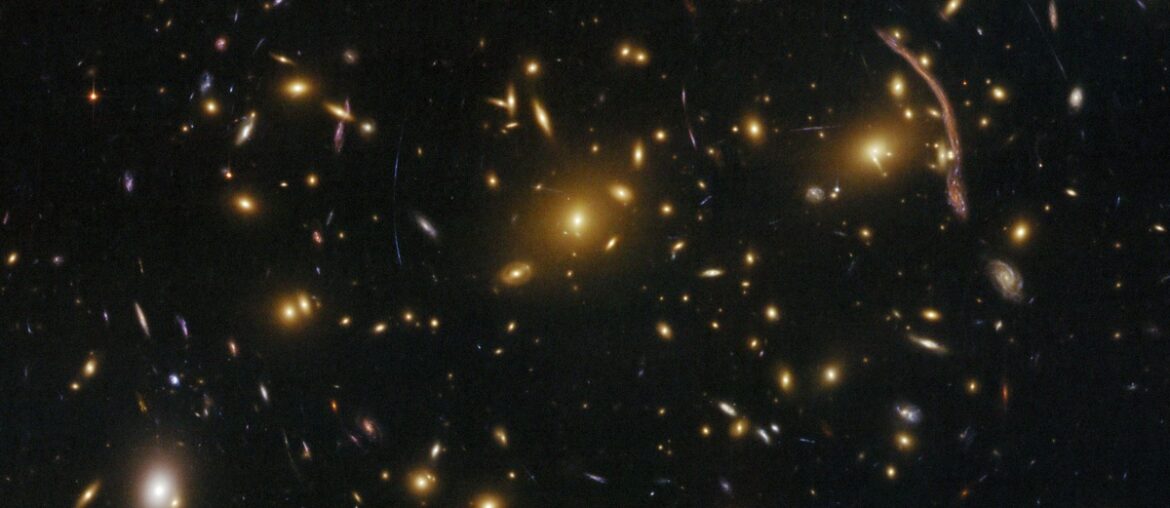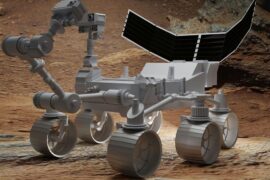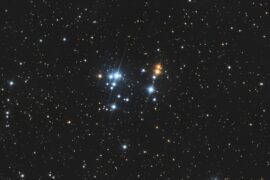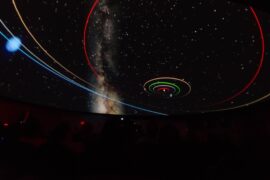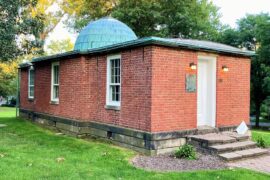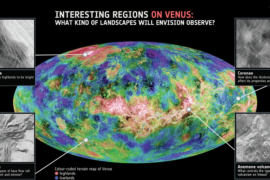In 1919 Arthur Eddington led an eclipse expedition that photographed starlight bending around the Sun, delivering the first striking public confirmation of Einstein’s general relativity. That single observation turned a mathematical theory into a tool for reading the sky: light no longer travels in straight lines near mass, clocks don’t all tick at the same rate, and orbits and waves behave in ways Newton never predicted. Why does any of that matter to scientists, engineers, or the casually curious? Because these effects change the appearance of distant galaxies, shift the frequency of light we measure, and alter spacecraft navigation—sometimes by amounts you can measure with a stopwatch or a telescope. The evidence ranges from Eddington’s 1919 plates to Hubble Frontier Fields images and to precise GPS corrections on everyday devices. In short, relativity isn’t just abstract math — it produces observable and practical phenomena in space. Below are eight specific, tangible effects (numbered 1–8) with concrete examples and measurements that show how gravity alters light, time, motion, and energy. Let’s start with how warped spacetime changes the way signals and light reach us.
Light and Signals in Warped Space
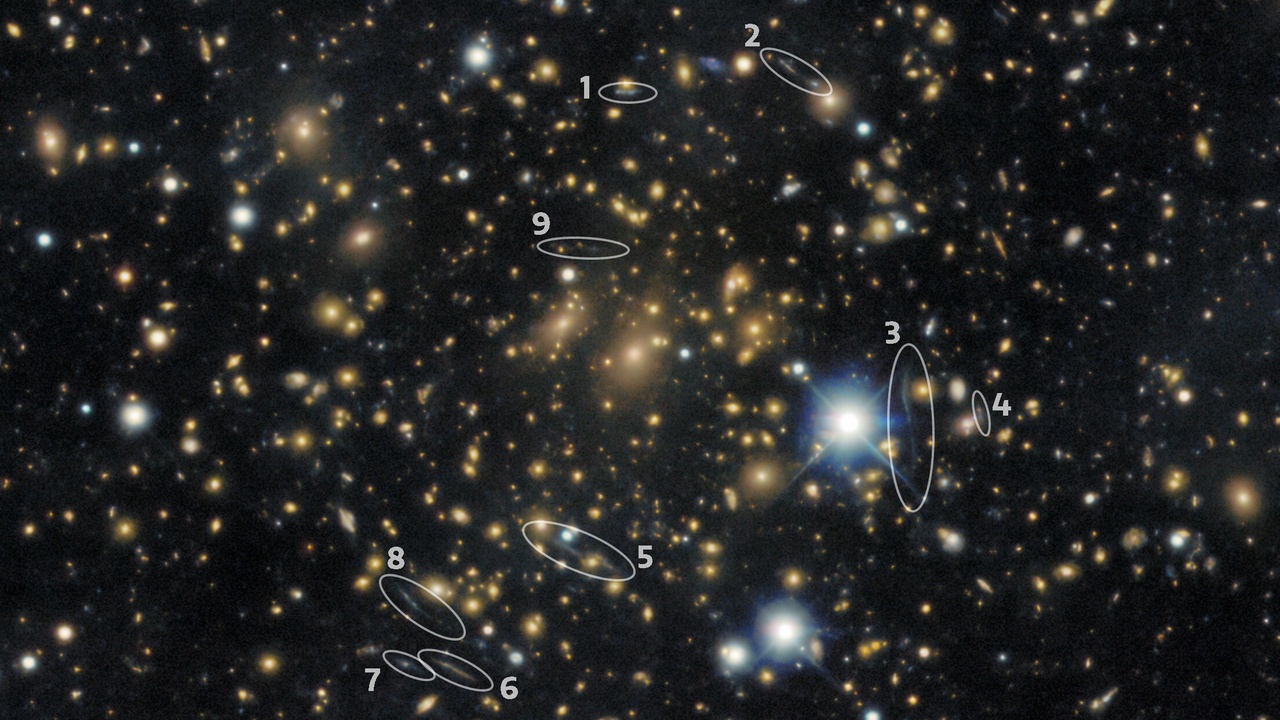
Curvature of spacetime alters the paths and travel times of photons and radio signals, so what we see and how we time signals carries the imprint of gravity. Observationally this group of effects lets astronomers map otherwise invisible mass, correct timing for spacecraft, and test gravity itself. Historically Eddington’s 1919 eclipse showed bending by the Sun; modern surveys like the Hubble Frontier Fields use galaxy-cluster lenses to reveal galaxies out beyond redshift six and to infer dark matter distributions. On the engineering side, signal delays and frequency shifts must be accounted for in spacecraft tracking and precision timing. Together these phenomena convert geometric curvature into measurable arcseconds, magnification factors, and microsecond-scale delays that both unlock discoveries and demand careful calibration.
1. Gravitational lensing: cosmic magnifying glass
Massive objects bend light and act as lenses, producing multiple images, arcs, and magnification. Eddington’s 1919 eclipse confirmed the principle near the Sun, and modern lensing maps—like the Hubble Frontier Fields—show dramatic arcs that magnify faint, high-redshift galaxies so we can study their structure. Classic examples include the Einstein Cross (four quasar images around a foreground galaxy) and cluster lenses that amplify galaxies to apparent magnitudes reachable by Hubble and JWST.
Lensing also traces dark matter: the distorted shapes of background galaxies let researchers reconstruct cluster mass maps, revealing far more mass than the visible stars provide. On small scales, microlensing surveys such as OGLE have detected exoplanets by brief brightening events; for instance, OGLE microlensing discoveries include low-mass planets that other methods would miss. Gravitational lensing thus magnifies and maps the universe, turning curvature into astrophysical tools.
Suggested alt text: “Gravitational lensing of a distant galaxy by a galaxy cluster, showing multiple arcs.”
2. Gravitational redshift and signal delay (Shapiro delay)
Photons climbing out of a gravitational well lose energy and shift to longer wavelengths; this gravitational redshift was demonstrated in the lab by the Pound–Rebka experiment in 1959. The same physics predicts that signals passing near mass take a bit longer to arrive. Irwin Shapiro proposed this extra delay in 1964, and radar echoes off planets and spacecraft tracking confirm it.
Shapiro delays near the Sun are measurable to microsecond or better precision in modern planetary and spacecraft experiments. Precision tests—such as radio science with interplanetary probes—use these delays to constrain gravity’s parameters. Practically, astronomers correct spectral lines for gravitational redshift when measuring compact objects, and engineers include Shapiro-style delays when timing deep-space network communications.
Suggested alt text: “Graphical representation of light frequency shifting as it escapes a gravity well.”
Time, Clocks, and Practical Navigation
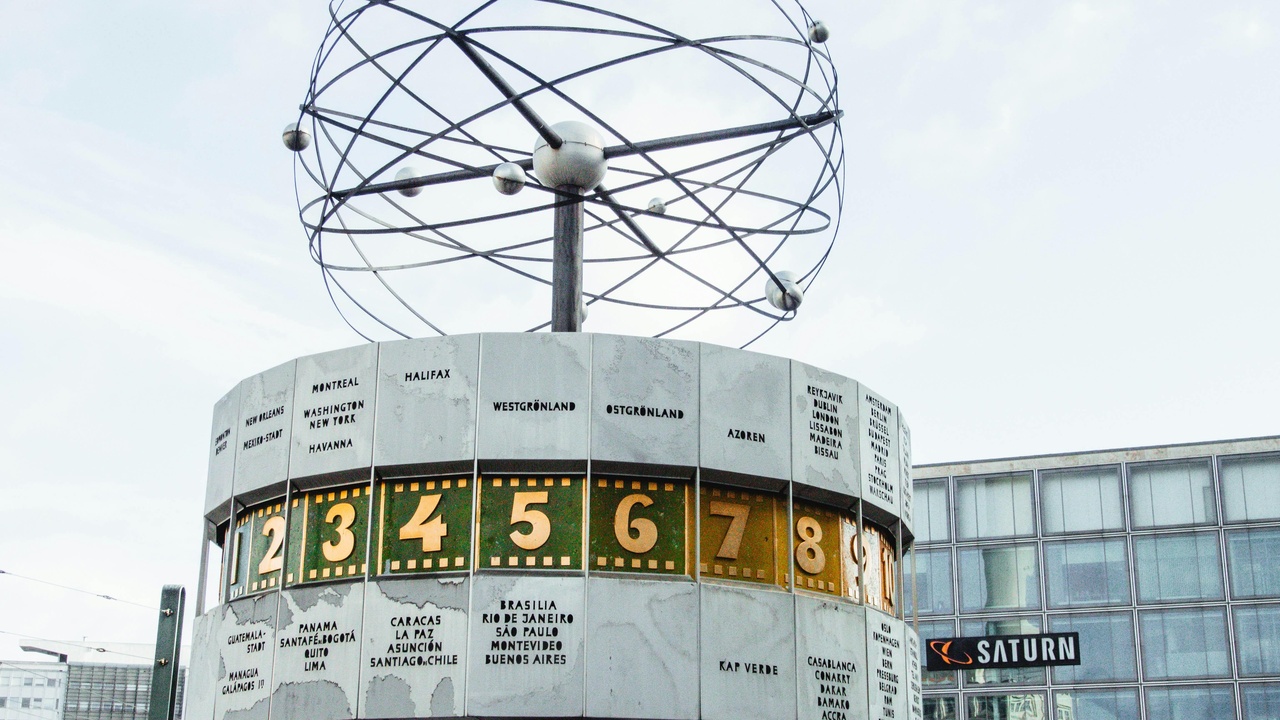
Gravity and motion both change how fast clocks tick, and that matters for experiments and for keeping systems like GPS working. Small frequency shifts from gravity or speed add up to microseconds per day, enough to spoil navigation and scientific timing without correction. Engineers apply both general and special relativistic corrections to satellite clocks; experimentalists use the same principles to probe compact objects. Understanding these fascinating effects of relativity in space is essential for turning precise timekeeping into reliable measurements and services.
3. Gravitational time dilation: clocks run slower in deeper gravity
Clocks deeper in a gravity well tick more slowly relative to distant observers—a direct consequence of Einstein’s 1915 equations. Pound–Rebka (1959) measured the frequency shift of gamma rays over a tower on Earth, confirming gravitational redshift in the lab. Modern optical clocks are so precise they detect altitude differences of centimeters as frequency shifts.
Near neutron stars and black holes the effect becomes extreme: processes close to an event horizon appear slowed to distant observers, altering how we interpret infalling matter and radiation. Accounting for gravitational time dilation is essential when modeling emission from compact accretion flows and when comparing clock rates across different gravitational potentials.
Suggested alt text: “Illustration of clock rates slowing near a massive object.”
4. Velocity time dilation: moving clocks lag (Hafele–Keating & GPS)
High speeds make moving clocks tick slower compared with stationary ones, as special relativity predicts. In 1971 Hafele and Keating flew cesium atomic clocks on commercial jets around the world and compared them to ground clocks; the measured offsets matched relativistic calculations to within experimental error.
GPS satellites require both corrections: general relativity gives a gravitational blueshift of roughly +45 microseconds per day, while special relativity gives about −7 microseconds per day from the satellites’ orbital speed, for a net +38 microseconds per day. If those corrections were omitted, GPS positions would drift by kilometers each day, so engineers apply relativistic offsets continuously.
Suggested alt text: “Atomic clock illustration showing timing differences between fast-moving and stationary clocks.”
Orbital Dynamics and Tests of Gravity
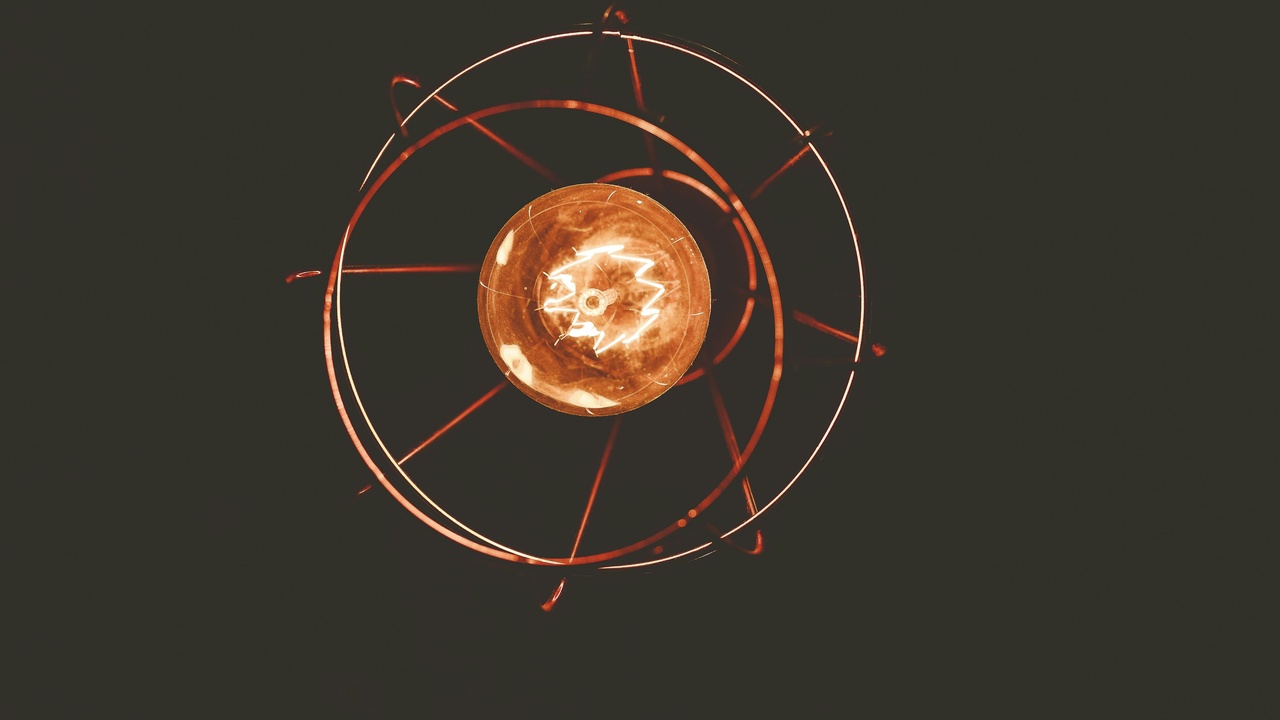
General relativity refines Newtonian orbital predictions and has passed stringent Solar System and satellite tests. Small deviations from Newtonian expectations—once puzzling anomalies—matched Einstein’s equations, and modern satellite experiments have probed subtler effects. Two landmark phenomena are perihelion precession and frame-dragging, both measurable in arcseconds or milliarcseconds and both important for precision orbit modeling and for constraining alternative gravity theories.
5. Perihelion precession: Mercury’s orbital anomaly explained
Observers in the 19th century found Mercury’s perihelion shifted slightly more than Newtonian mechanics predicted. Einstein’s 1915 calculation accounted for the missing 43 arcseconds per century, neatly resolving the discrepancy and providing one of the earliest empirical triumphs for general relativity.
That 43″/century correction remains a textbook example of how relativistic corrections matter when high precision is required. Similar post-Newtonian adjustments are essential when modeling orbits near compact objects or when predicting long-term orbital evolution in tight binary systems.
6. Frame-dragging: spacetime gets twisted by rotating masses
Rotating masses drag nearby spacetime, an effect known as the Lense–Thirring or frame-dragging effect. Experiments have measured this subtle twist: laser-ranging to LAGEOS satellites and NASA’s Gravity Probe B (launched 2004; final results around 2011) detected frame-dragging at roughly the level of tens of milliarcseconds per year for Earth-orbiting test masses.
Frame-dragging matters when modeling satellite orbits precisely and is especially important near spinning black holes, where the effect helps set the orientation of accretion disks and jets. Observational constraints from these experiments help rule out alternative gravity models that would predict different amounts of spacetime dragging.
Suggested alt text: “Illustration of orbital precession and frame-dragging around a rotating planet or black hole.”
Astrophysical Extremes and Observational Breakthroughs
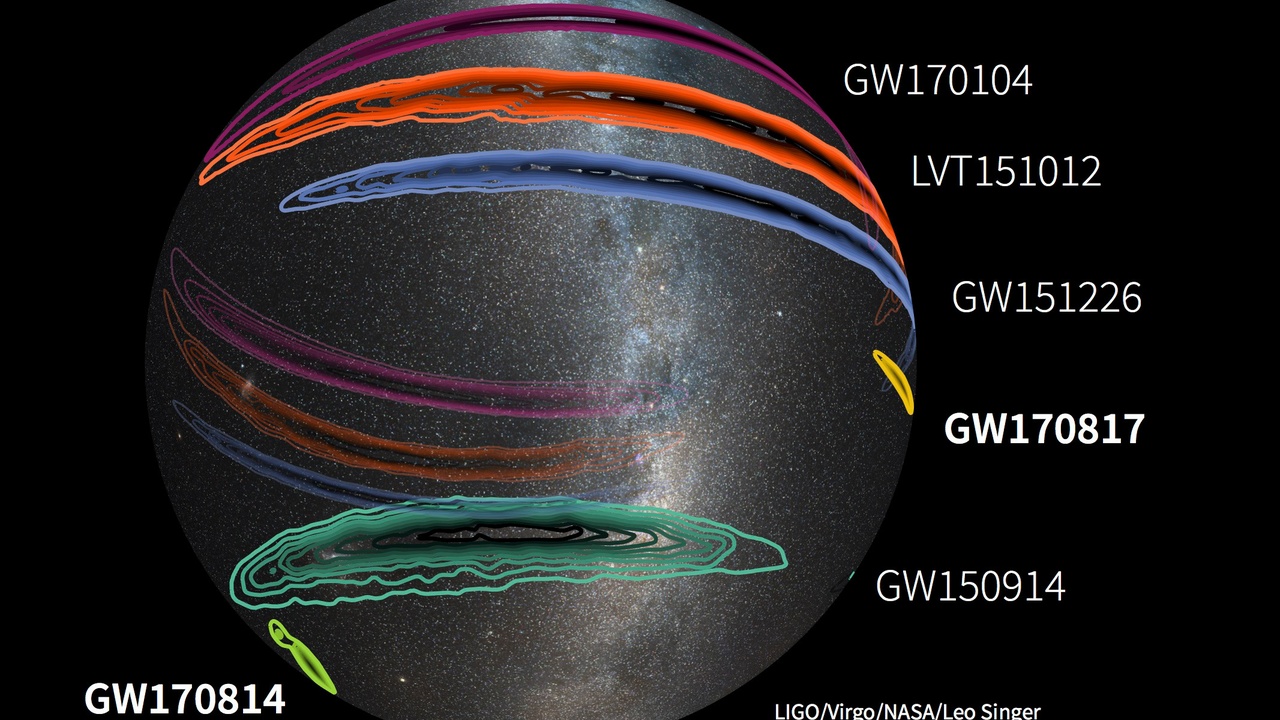
Strong-field relativity predicts dramatic phenomena—gravitational waves and ultra-fast jets—that opened entirely new branches of astronomy. Direct detections and imaging efforts since the 2010s transformed theoretical predictions into routine observations, letting us measure masses, spins, and even the speed of gravity itself. These breakthroughs have practical consequences: they test gravity under extreme conditions and provide new empirical input for models of black hole growth and galaxy evolution.
7. Gravitational waves: ripples from black hole and neutron star mergers
Accelerating massive objects produce spacetime ripples we detect as gravitational waves. The first direct detection came on September 14, 2015: GW150914 originated from the merger of two black holes of roughly 36 and 29 solar masses and was located at a luminosity distance on the order of a few hundred megaparsecs (around 1.3 billion light-years).
GW150914 confirmed strong-field GR predictions and launched gravitational-wave astronomy. Subsequent events—including the neutron-star merger GW170817—enabled multimessenger follow-up with light and neutrinos, measured neutron-star equation-of-state constraints, and let scientists test GR in regimes of extreme curvature and velocity.
8. Relativistic jets and beaming: when motion changes brightness
When plasma is accelerated to speeds near light speed, special relativity concentrates its emission along the motion direction. This Doppler boosting produces apparent superluminal motion in jets and amplifies brightness in blazars and quasars. Observations of sources like 3C 273 and M87 show jet components with inferred speeds commonly above 0.9c.
Relativistic beaming affects observed luminosity, variability timescales, and spectral shape, so interpreting jet physics requires relativistic models. The Event Horizon Telescope’s 2019 image of M87’s shadow provided context for jet-launching regions, linking black hole spin and magnetized plasma flows in a relativistic framework.
Suggested alt text: “Relativistic jet illustrating beaming and apparent superluminal motion from a black hole.”
Summary
- Relativistic effects change light paths and signal timing, enabling tools like gravitational lensing mass maps and Shapiro-delay tests.
- Time itself runs differently: gravity and speed alter clock rates (Pound–Rebka 1959; Hafele–Keating 1971), and engineers correct GPS clocks by ~+38 μs/day to keep navigation accurate.
- Orbital anomalies (Mercury’s 43″/century extra precession) and frame-dragging (measured by Gravity Probe B and LAGEOS) validate GR and refine orbit models.
- Strong-field phenomena—gravitational waves (GW150914, Sep 14, 2015) and relativistic jets (>0.9c)—opened new observational windows and test gravity under extreme conditions.
- Follow ongoing efforts (new LIGO/Virgo/KAGRA runs, EHT imaging campaigns, and precision satellite missions) to see how relativity continues to shape both discovery and practical systems.
Enjoyed this article?
Get daily 10-minute PDFs about astronomy to read before bed!
Sign up for our upcoming micro-learning service where you will learn something new about space and beyond every day while winding down.

